Feb. 21, 2025
-
Feb. 23, 2025
shenzhen
From February 21 to February 23, 2025, the 10th Asia Cardiac Arrhythmia Summit (ACAS) and the 16th China Cardiac Arrhythmia Summit (CCAS), hosted by the Asian Heart Rhythm Association (AHRA), were successfully convened. The complications session, a hallmark of the summit, invited experts from across the country to discuss strategies for the prevention, diagnosis, and treatment of procedural complications.
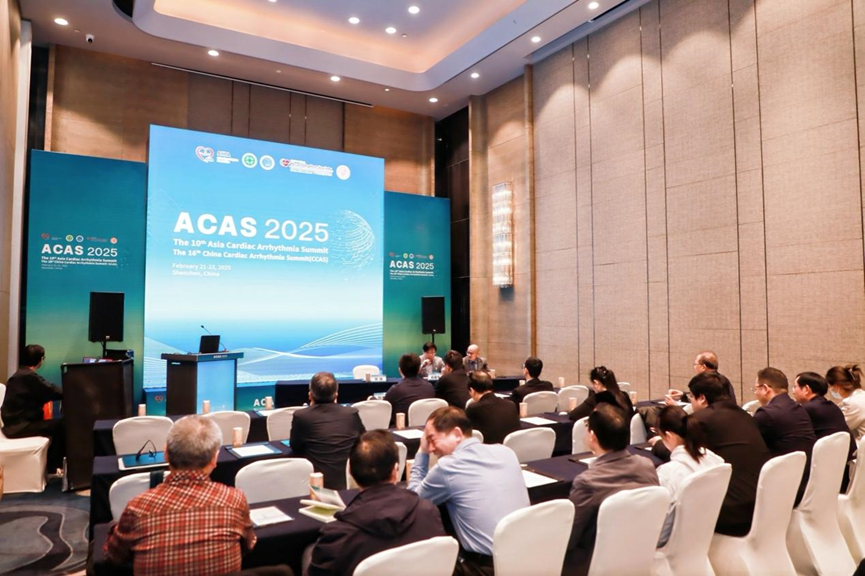
The first part of the complications session focused on high-stakes procedural cases and was chaired by Professor Liang Yuanhong from Guangdong Provincial People's Hospital and Professor Yu Jianhua from the Second Affiliated Hospital of Nanchang University. Dr. Hu Zhicheng from Fuwai Hospital, Chinese Academy of Medical Sciences, presented a case of a ventricular tachycardia patient who experienced coronary sinus lead entrapment during the procedure, which was successfully resolved using a self-devised tool. Dr. Zhou Likun, also from Fuwai Hospital, shared a rare case of coronary artery spasm triggered by an allergic reaction during atrial fibrillation (AF) ablation. Dr. Xu Ye from Zhongshan Hospital, Fudan University, presented a case in which a patient developed long R-R intervals following AF ablation, ultimately requiring pacemaker implantation. These case discussions underscored the need for enhanced preoperative risk assessment, improved anticipation of rare complications, and the development of comprehensive emergency response protocols to ensure patient safety while advancing the standardization of interventional procedures.
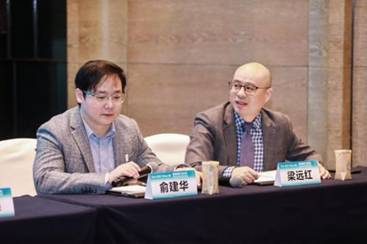
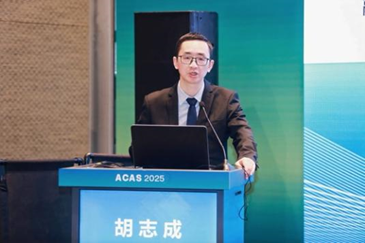
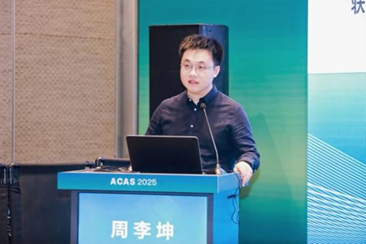
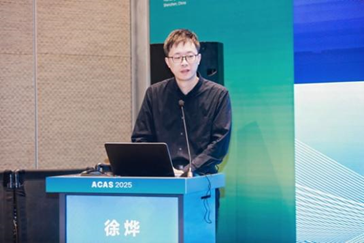
The second part of the session centered on one of the most feared complications of radiofrequency ablation for AF—atrioesophageal fistula. This segment was chaired by Professor Wang Yan from Tongji Hospital, Tongji Medical College, Huazhong University of Science and Technology; Professor Ma Wei from Tianjin Chest Hospital; and Professor Zhang Jidong from the Second Hospital of Hebei Medical University. Dr. Hu Xiaofeng from Shanghai Chest Hospital shared a rare case of esophagopericardial fistula following AF ablation. Dr. Niu Yuyu from Xinxiang First People's Hospital presented a regrettable case of atrioesophageal fistula post-AF ablation. Finally, Professor Wang Honglei from the First Affiliated Hospital of Henan University of Science and Technology provided a literature review on the prevention and management of atrioesophageal fistula, offering attendees a deeper understanding of this life-threatening complication.
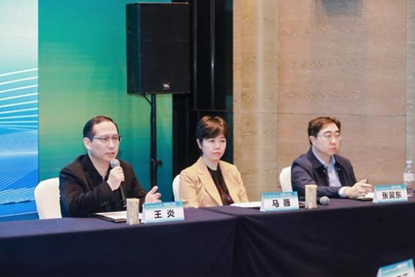
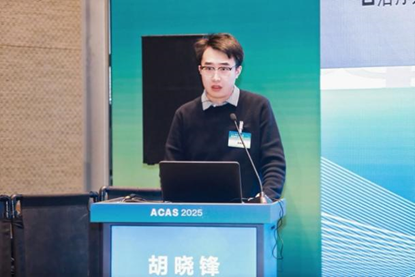
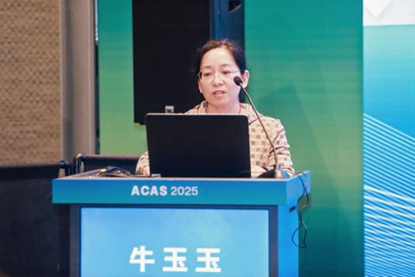
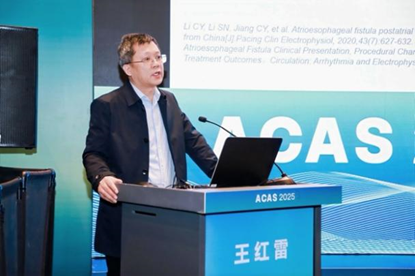
The third part of the session focused on vascular complications associated with catheter ablation and was chaired by Professor Guo Jinrui from Yunnan Fuwai Cardiovascular Hospital, Professor Li Haiying from the University of Hong Kong-Shenzhen Hospital, and Professor Ye Qiang from the Affiliated Hospital of Southwest Medical University. Dr. Yang Haoqi from Fengshun County People's Hospital presented a case of an arteriovenous fistula following ablation, which was successfully managed. Dr. Liu Fan from Tangshan Workers’ Hospital shared a case of a pseudoaneurysm that required surgical repair. These cases highlighted the critical importance of standardized vascular access techniques, emphasizing the need for meticulous puncture skills and optimized ultrasound-guided access to enhance procedural safety in catheter ablation.

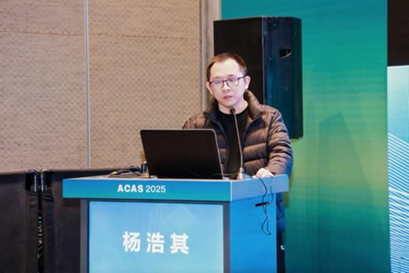
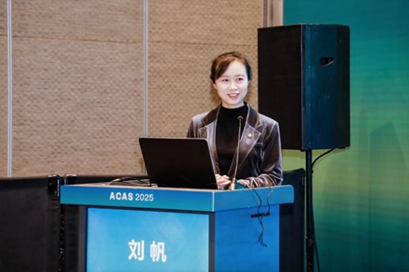
This year’s complications session continued its tradition of academic rigor and clinical vigilance. Through multidimensional and in-depth case analyses, it systematically addressed strategies for managing complex complications in interventional treatment for arrhythmias. The three sections progressed in a structured manner, not only revealing the inherent risks of interventional techniques but also distilling innovative solutions and evidence-based strategies. This approach reinforced a comprehensive "prevention-identification-intervention" framework for managing complications, advancing interventional arrhythmia treatment toward greater safety and standardization.
